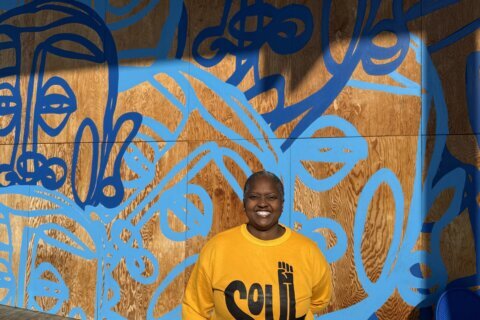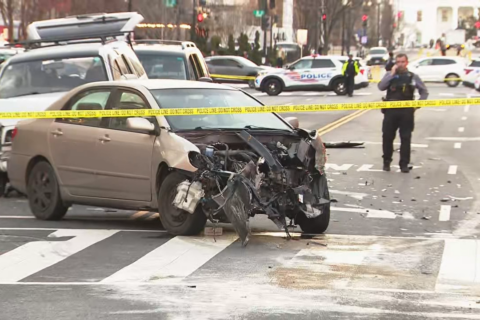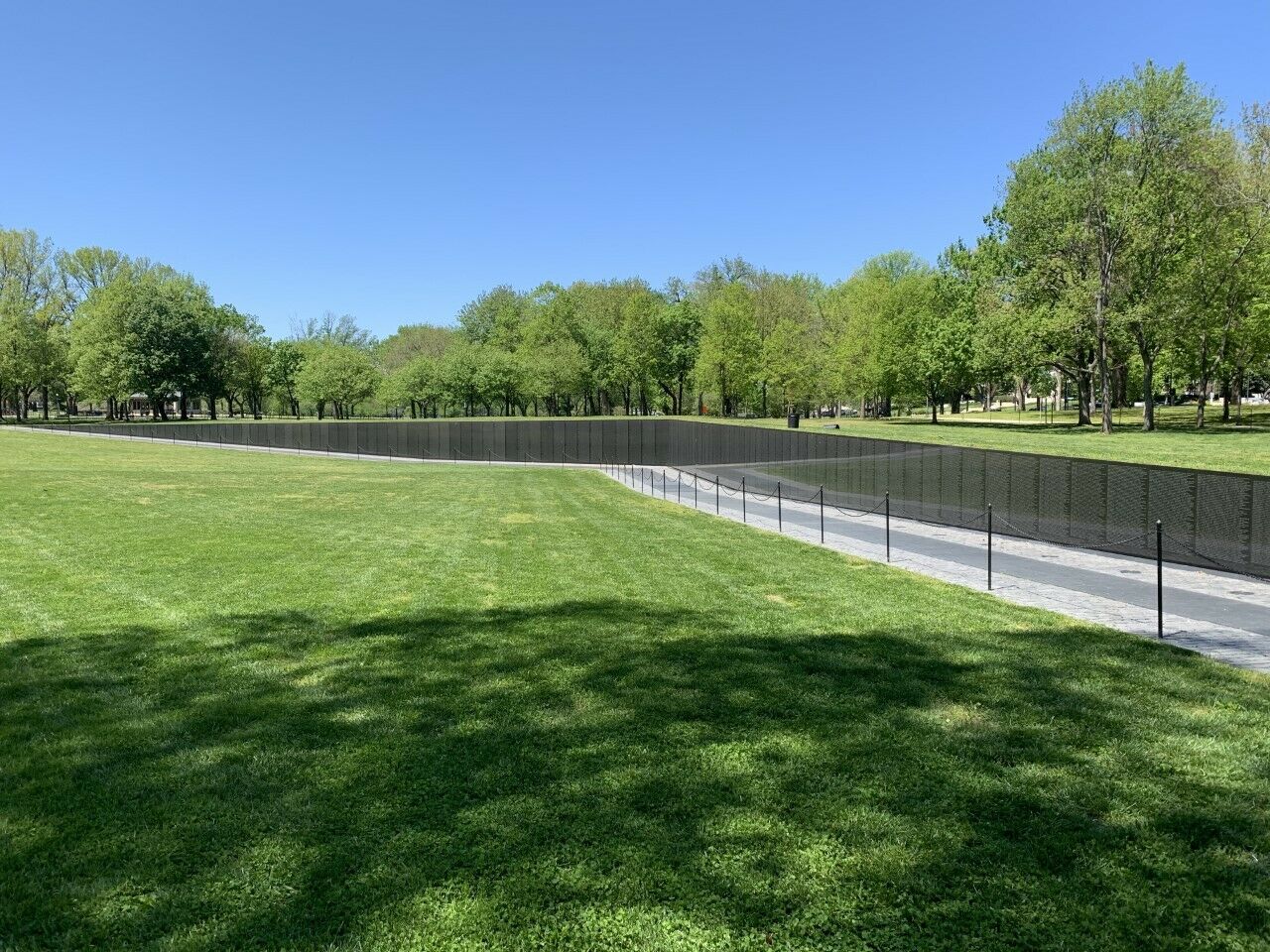
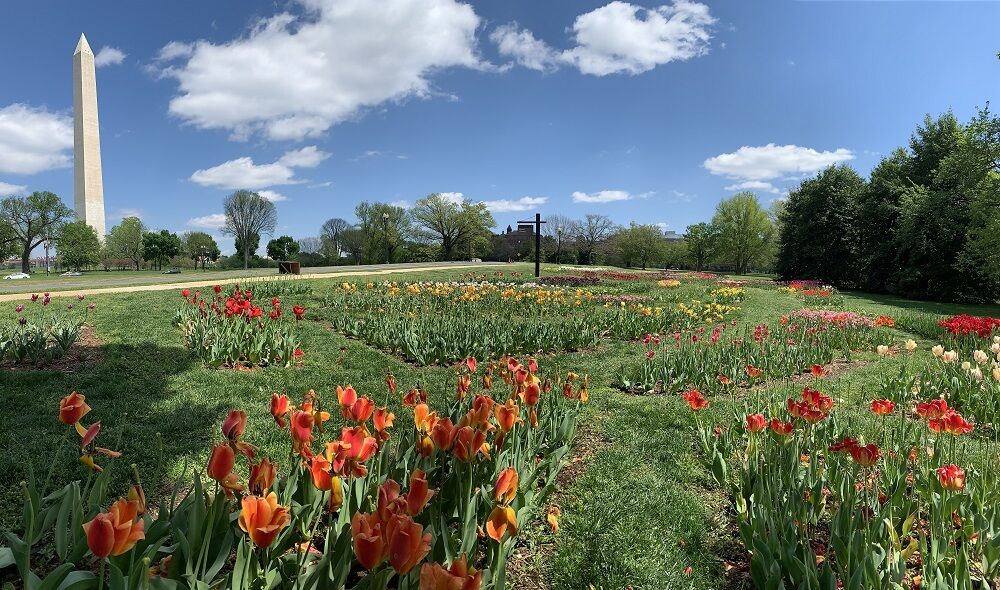
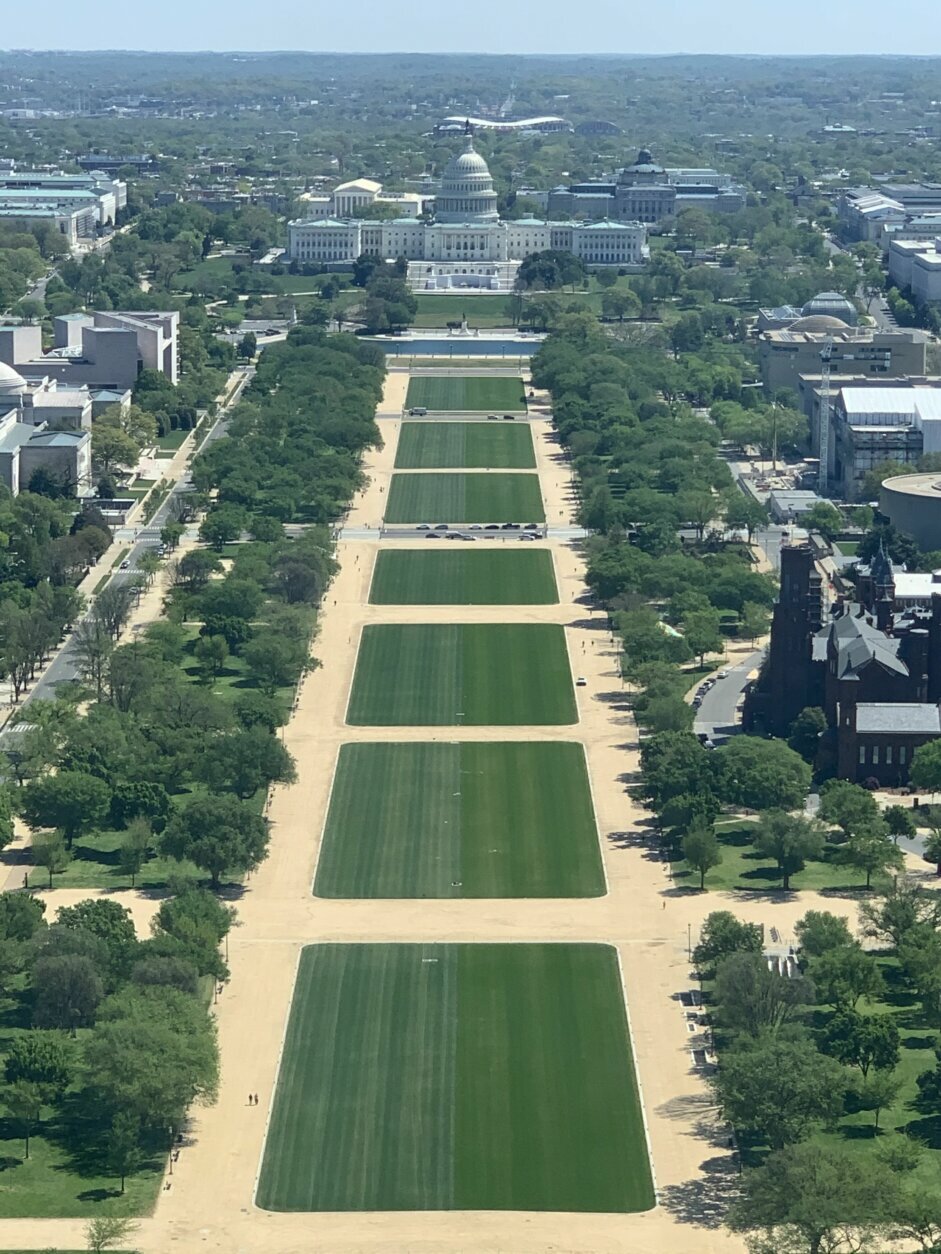
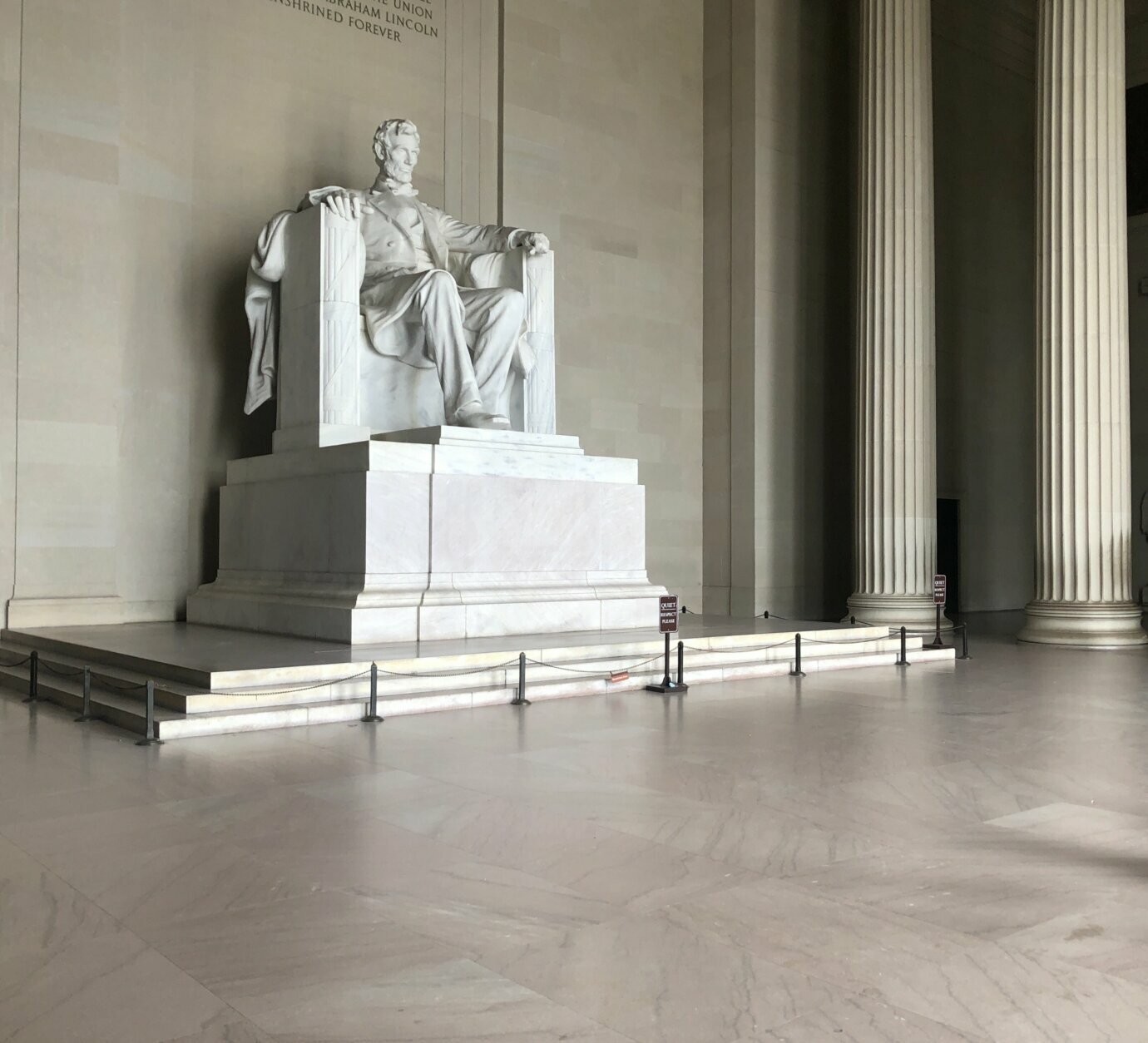
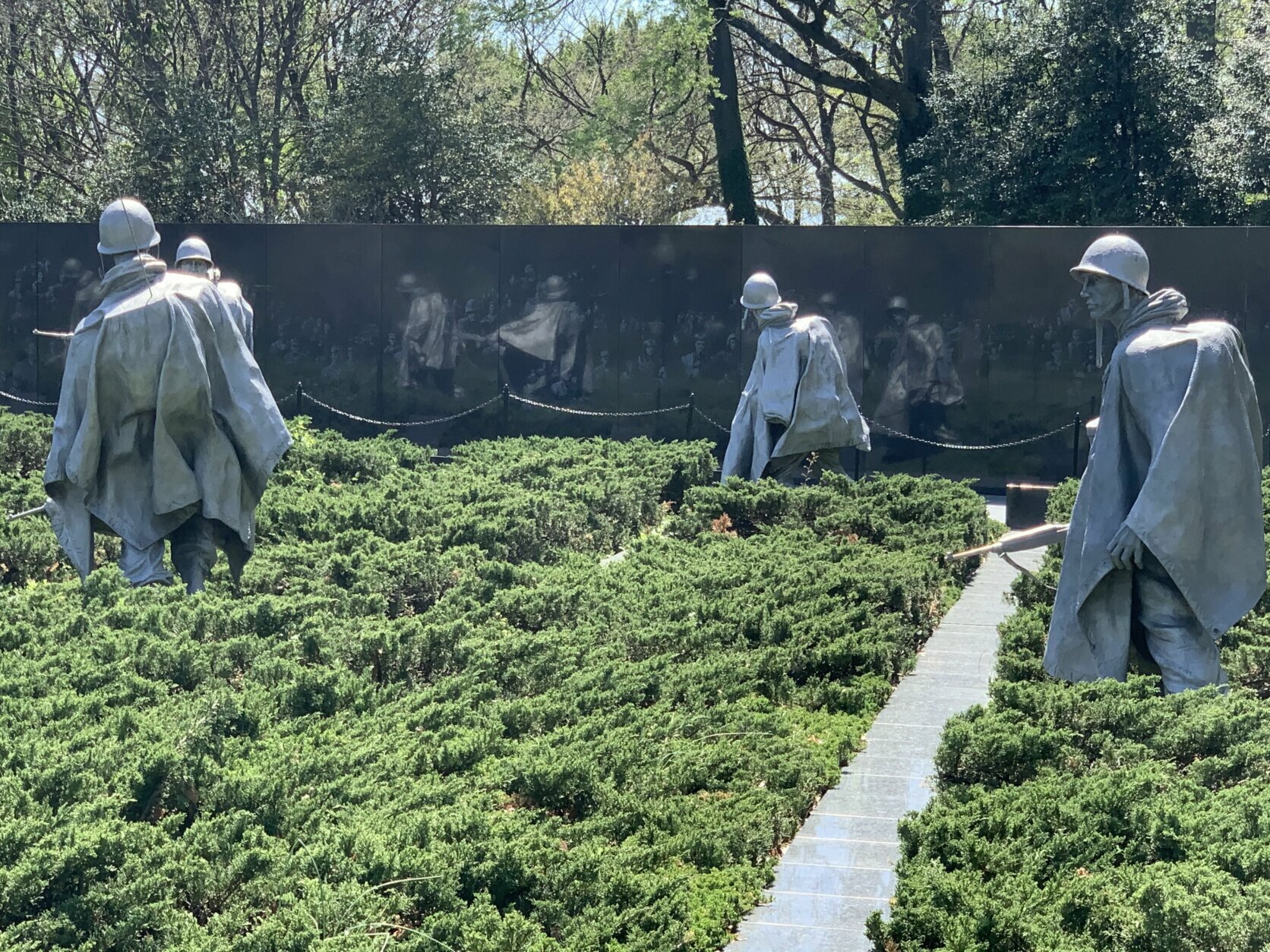
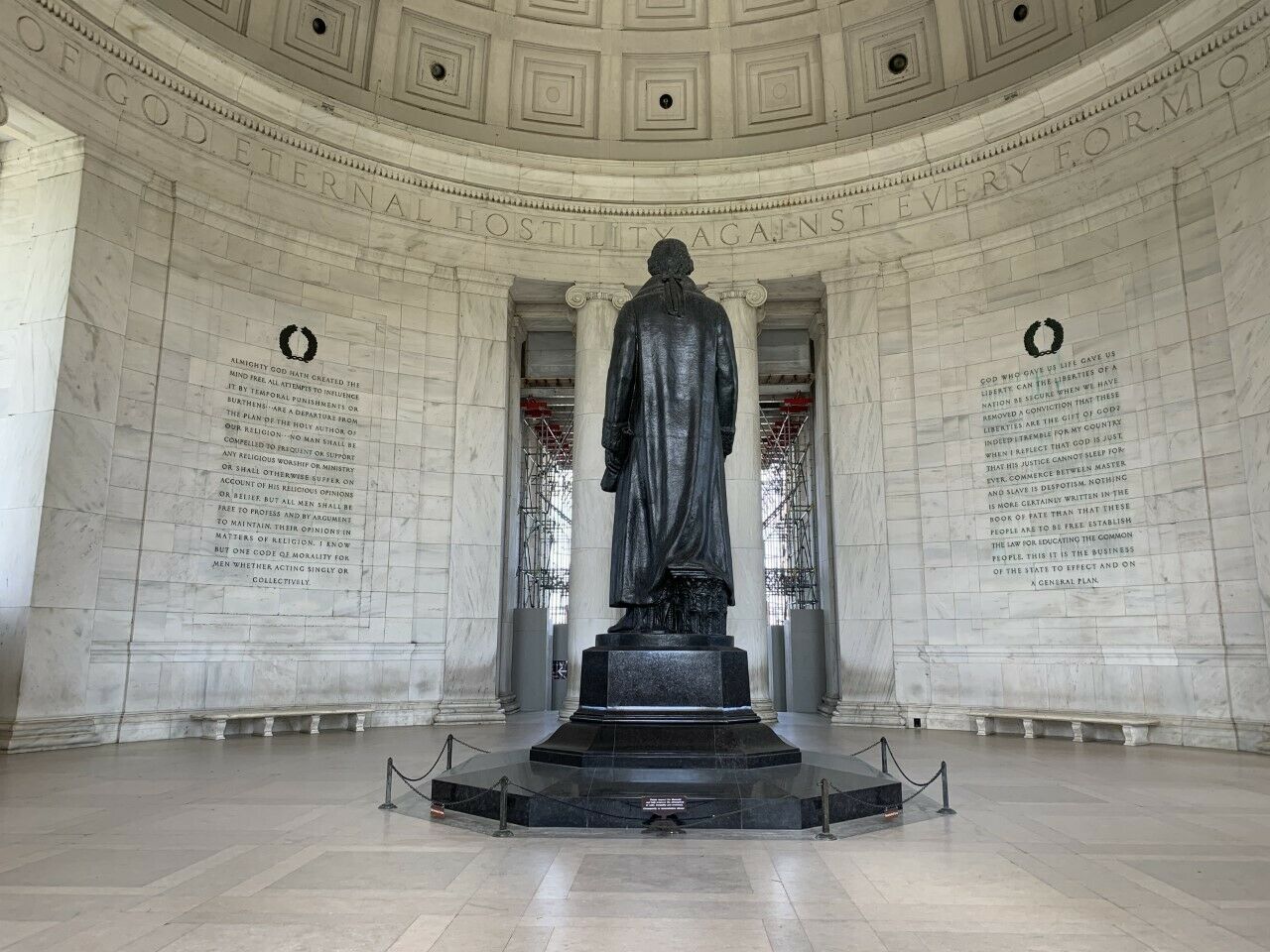
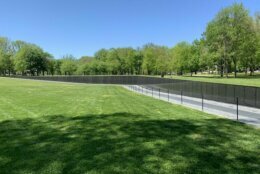
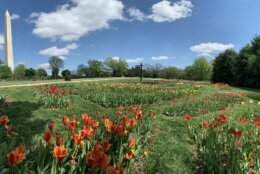
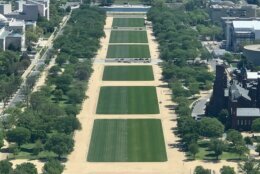
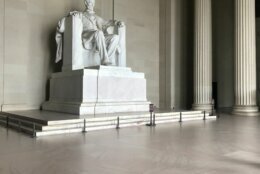
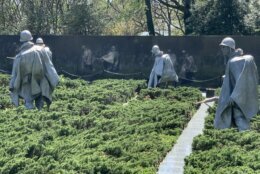
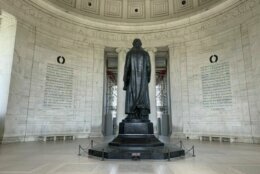
The National Mall is something we often take for granted living here in D.C. Besides, trying to take in the monuments is usually a noisy experience that’s too crowded with tourists, right?
Not during the pandemic.
“I was out on the grounds of the Washington Monument one day and stopped and couldn’t put my finger on what I was being struck by, and it finally hit me: It was the silence,” said Mike Litterst, the Chief of Communications for the National Mall and Memorial Parks.
“There was nobody around. There were no vehicles. Airplane traffic is considerably diminished going overhead. It was really quite striking how in the middle of a major metropolitan city, it wasn’t entirely silent but it was certainly much quieter than we’ve ever experienced before,” he said.
Litterst said for the first time, having a quiet, contemplative, uninterrupted moment near the Lincoln Memorial, or any of the other memorials, is actually possible. Sometimes you can even do it in the middle of the day.
At the Korean War Veterans Memorial you may be able, for the first time, to see how the creators intended it to be viewed. The memorial has 19 statues of soldiers. When they are reflected in the highly polished granite wall, they create an image of 38 soldiers, which is indicative of the parallel that demarcates North and South Korea.
“On any given day, you don’t see that effect because there are so many people between the wall and the statues,” said Litterst. “But now you go out there and you can very clearly see what the architect’s intention was.”
- Sign up for news alerts from WTOP
- ‘We will be here to support you’: DC psychologists offer assurance
- Latest coronavirus test results in DC, Maryland and Virginia
- Coronavirus resources: Get and give help in DC, Maryland and Virginia
- Social distancing leaves some DC-area doctors with quiet practices
The lack of people on the Mall is also noticeable in the flora and fauna.
While some of the lush green grass on the Mall could be from the lawn coming out of it’s spring rest period, and recent rains, the lack of people walking across it all day is also likely a major factor.
The same is true at the Floral Library on Independence Avenue, right across from the Washington Monument grounds.
“Tulips come in generally the same approximate time as the cherry blooms are in peak bloom each year. By the same token, there will be thousands of people over there every day,” Litterst said.
Some of those visitors will walk through or pose in the fragile flowers, taking a toll on them and limiting their colorful life. Not this year.
“The tulip bloom this year, we probably got a good three weeks out of that with the flowers and the overall floral library looking beautiful,” Litterst said.
When it comes to the fauna, they’ve seen a change in the types of animals showing up on the Mall. It has traditionally been the home to numerous rats, thanks to food waste and trash left by visitors.
“Our food vendors have been closed for the last couple weeks at least,” Litterst said. “So for example, this year we saw the lowest use of rodenticides to treat the National Mall than any March since we began keeping statistics with D.C. Health in 2016.”
On the other hand, with visitors and nearby traffic reduced, more wildlife is showing up.
“I spotted a bald eagle over the Jefferson Memorial last Thursday. Our natural resources manager saw a couple of bald eagles over the golf course on the same day,” Litterst said, adding it’s something he doesn’t recall ever seeing over the National Mall before.
They’ve also seen evidence that a fox was near the Franklin Delano Roosevelt Memorial this week. They found the remains of a mallard duck that, unfortunately, became the fox’s meal.
He believes there’s plenty of wildlife moving with relative ease around the Mall right now. There’s less chance of stress from human interactions and fewer vehicles to scare, or possibly hit, them.
You can take in the uniqueness of this quiet time if you follow the pandemic guidelines.
“The outdoor monuments and memorials are open,” Litterst said. “They are available for recreational opportunities as defined by the mayor’s orders. So, while we’re certainly not encouraging people to come down and spend the day and visit the memorials, they are available for folks to get outside, get some fresh air and recreate.”
Litterst said if the memorials start to get too busy, and people are not able to maintain proper social distancing, they will temporarily close for safety.
Some areas are closed such as the Washington Monument, Ford’s Theater and the Belmont-Paul Women’s Equality National Monjjhjkument.


